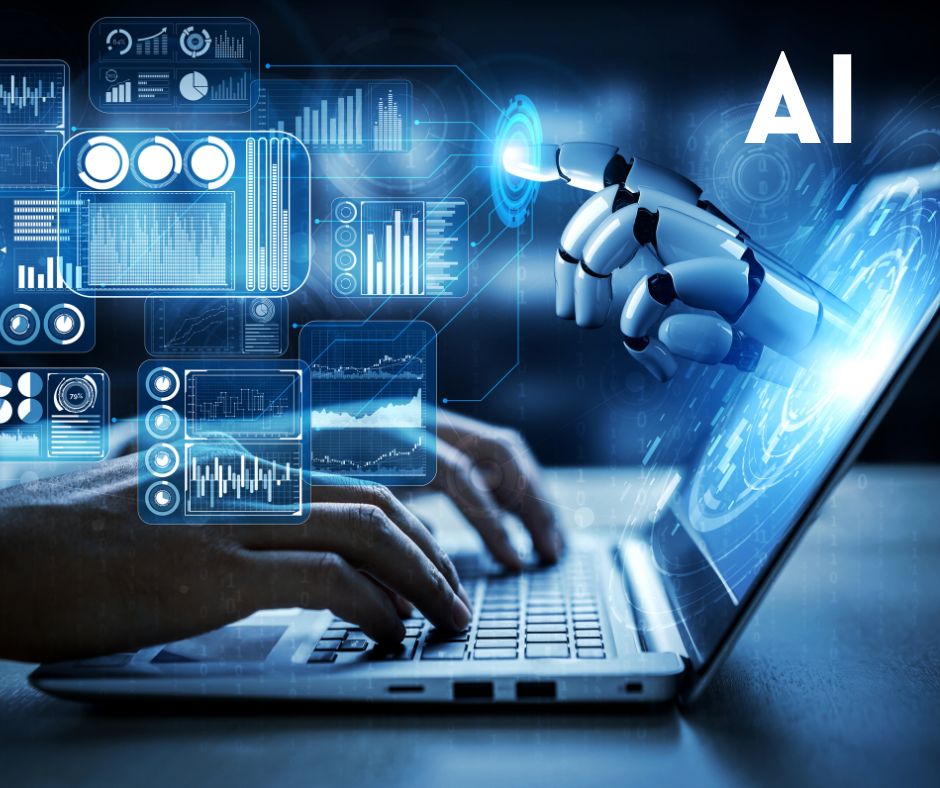
Artificial intelligence (AI) has made remarkable strides in various fields, from healthcare to finance and beyond. However, this technological marvel is not immune to imperfections. One of the most pressing concerns surrounding AI today is the issue of bias and fairness in algorithms. In this blog post, we will delve into the complex world of AI bias, exploring its origins, consequences, and the strategies and tools available to address and promote fairness in AI systems.
AI algorithms are designed to learn from data, making predictions and decisions based on patterns in that data. Bias can creep into these algorithms at several stages:
Training Data: If the training data used to build an AI model is biased or unrepresentative, the model will inherit those biases.
Human Bias: AI systems often reflect the biases of their creators or the data they were trained on. This can include gender, race, or socioeconomic biases.
Algorithmic Bias: Even without biased training data, algorithms themselves can introduce bias through their design or decision-making processes.
AI bias can lead to several detrimental consequences:
Discrimination: Biased algorithms can unfairly discriminate against certain groups, perpetuating existing inequalities.
Reinforcement of Stereotypes: Biased AI can reinforce harmful stereotypes, further marginalizing underrepresented groups.
Loss of Trust: When users perceive AI systems as unfair or biased, trust in these technologies erodes.
Legal and Ethical Concerns: Discriminatory AI can lead to legal liabilities and ethical dilemmas for organizations.
Diverse and Representative Data: Ensure that training data is diverse and representative of the population it intends to serve. This might involve data augmentation or data collection efforts that target underrepresented groups.
Data Auditing: Regularly audit your data for biases and take corrective actions as needed.
Fairness Metrics: Define fairness metrics that align with your objectives, such as demographic parity or equal opportunity.
Bias Mitigation Techniques: Implement bias mitigation techniques like reweighting, adversarial debiasing, or pre-processing algorithms to reduce bias in predictions.
Interpretable Models: Choose models that are more interpretable, allowing you to understand and explain their decision-making processes.
Model Explainability: Implement tools for model explainability, such as LIME or SHAP, to shed light on why certain decisions were made.
Diversity and Inclusion: Build diverse development teams to identify and mitigate biases more effectively.
Bias Auditing: Include bias auditing as a regular part of the development process.
Continuous Evaluation: Continuously monitor your AI systems in real-world scenarios to detect and rectify any emerging biases.
User Feedback: Encourage users to provide feedback on AI-generated decisions, creating a feedback loop for improvement.
Adhere to Ethical Guidelines: Develop and follow ethical guidelines for AI development and deployment.
Regulatory Compliance: Stay updated with relevant regulations, such as GDPR or the Fair Credit Reporting Act (FCRA), and ensure compliance.
Open-source Libraries: Utilize open-source libraries like IBM's AI Fairness 360 or Google's What-If Tool for evaluating and mitigating bias.
AI Fairness Testing: Implement automated bias testing frameworks to identify and quantify bias in AI systems.
User-Friendly Reporting: Establish user-friendly mechanisms for reporting perceived bias or unfairness in AI systems.
As AI continues to evolve and permeate every facet of our lives, addressing bias and promoting fairness in AI algorithms is not just a matter of ethics but a practical necessity. It's essential that developers, organizations, and policymakers work collaboratively to create AI systems that are fair, transparent, and accountable.
Remember that addressing bias and fairness in AI is an ongoing process. It requires vigilance, continuous monitoring, and a commitment to ethical AI development. By striving for fairness, we can ensure that AI benefits all of humanity, without perpetuating existing inequalities or prejudices. It's a journey toward a more just and equitable technological future.
